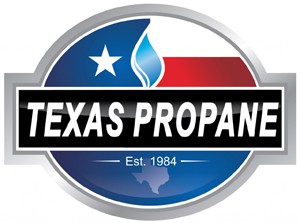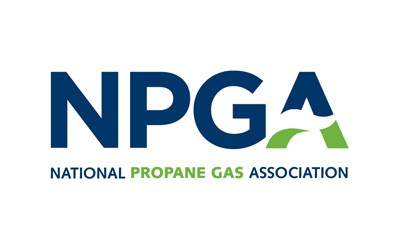Propane Tank Float Gauge Operation
A propane tank float gauge consists of moving parts located both inside the tank and outside. At the end of the stem is the float that rises and falls with the level of the propane in the tank. The top of the stem is the pinion gear. This turns the gear in the shaft and causes the dial on the external face gauge to turn.
As mentioned above, the float gauge is not a fully reliable instrument for measuring tank volume. Float gauges have numerous moving parts that are subject to wear and tear and can also become ineffective in any part of the assembly. If the gauge needs replacement, the propane tank must be empty. If the face gauge has a stuck dial, it can be quickly replaced as dial/face gauges use magnets and can be interchanged without the tank needing to be empty.
Propane Percentage Gauge Converted to Gallons
To convert percentage to gallons, simply multiply the number displayed on the face gauge (50 means 50% or .50) by the water capacity of the tank. Water capacity can be found on the tank manufacturers nameplate. The chart below indicates percentages converted to gallons on common size propane tanks (at 60°F).
| If Your Gauge Reads | 150 Gallon Tank | 250 Gallon Tank | 500 Gallon Tank |
|---|---|---|---|
| 80% | 120 | 200 | 400 |
| 70% | 105 | 175 | 350 |
| 60% | 90 | 150 | 300 |
| 50% | 75 | 125 | 250 |
| 40% | 60 | 100 | 200 |
| 30% | 45 | 75 | 150 |
| 20% | 30 | 50 | 100 |
| 10% | 15 | 25 | 50 |
These are just the basics of propane tank float gauges. Don’t hesitate to contact us here at Texas Propane with the link below for more information!







